Overview:
- Type: Stepper Motor Drive
- Primary Function: Converts input control signals into electrical currents to drive stepper motors with high precision and control.
Key Features:
- Control Technology:
- Pulse Command Input: Receives pulse signals from a controller (such as a CNC or motion control system). Each pulse represents a step, moving the motor by a specific angle.
- Microstepping: Allows for finer resolution by dividing each full step into smaller increments. This reduces vibration and improves motion smoothness and accuracy.
- Current Regulation:
- Current Limiting: Regulates the current supplied to the motor windings to prevent overheating and ensure optimal performance. Allows for adjusting the current to match the motor’s specifications.
- Dynamic Adjustment: Some drives feature dynamic current adjustment, where the current is adjusted based on the load and speed, improving efficiency and reducing heat generation.
- Voltage and Power Ratings:
- Voltage: Operates at various voltages, typically ranging from 12V to 80V or more, depending on the motor’s requirements and the drive’s specifications.
- Power: Available in different power ratings to match the motor’s power requirements and application needs.
- Microstepping Modes:
- Full Step: Moves the motor by a full step each pulse. Provides standard resolution but may cause more vibration and noise.
- Half-Step, Quarter-Step, etc.: Higher microstepping modes divide each full step into smaller increments, offering smoother motion and higher resolution.
- Feedback and Closed-Loop Control:
- Open-Loop: Most stepper drives operate in an open-loop system, where the drive sends commands to the motor without feedback about the motor’s actual position.
- Closed-Loop (Optional): Some advanced drives use feedback systems (such as encoders) to monitor and adjust motor position in real-time, improving accuracy and performance.
- Interface and Communication:
- Control Signals: Interfaces with various control systems using pulse and direction signals, or analog inputs in some cases.
- Communication Protocols: May include standard protocols such as RS232, RS485, or fieldbus communication for integration with industrial networks.
- Protection Features:
- Overcurrent Protection: Prevents damage by shutting down the drive if excessive current is detected.
- Overtemperature Protection: Monitors temperature and reduces performance or shuts down to prevent overheating.
- Short-Circuit Protection: Safeguards against short circuits in the motor windings or drive circuitry.
- Programming and Configuration:
- Adjustable Parameters: Allows users to configure parameters such as step mode, current limits, and acceleration rates to suit specific applications.
- Programming Tools: Often includes software tools or interfaces for programming and tuning the drive settings.
Applications:
- CNC Machines: Controls the movement of CNC axes, ensuring precise positioning for cutting, milling, and drilling operations.
- Robotics: Drives stepper motors in robotic arms and other automation equipment for accurate and repeatable movements.
- 3D Printers: Manages the movement of print heads and build platforms, enabling precise additive manufacturing.
- Automated Equipment: Used in various automated systems requiring precise control of linear or rotary motion.
Benefits:
- Precision Control: Provides high accuracy and repeatability in motor positioning, essential for applications requiring exact movements.
- Smooth Operation: Microstepping and current regulation contribute to smoother motion and reduced vibration.
- Flexibility: Compatible with various stepper motors and control systems, allowing for versatility in different applications.
- Reliability: Designed to operate reliably under various conditions, with protection features to ensure longevity and performance.
Maintenance and Care:
- Regular Inspection: Check for signs of overheating, wear, or damage to ensure proper operation.
- Cooling: Ensure adequate ventilation or cooling if the drive operates at high power levels to prevent overheating.
- Calibration: Periodically recalibrate and adjust settings to maintain optimal performance.

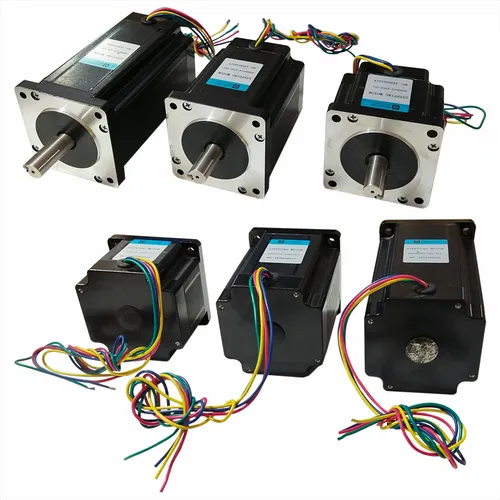
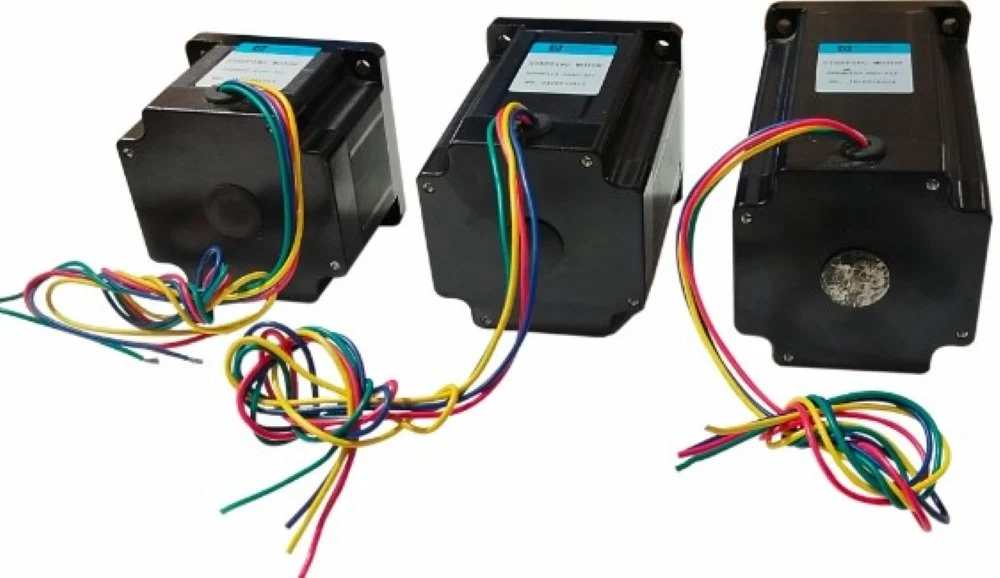
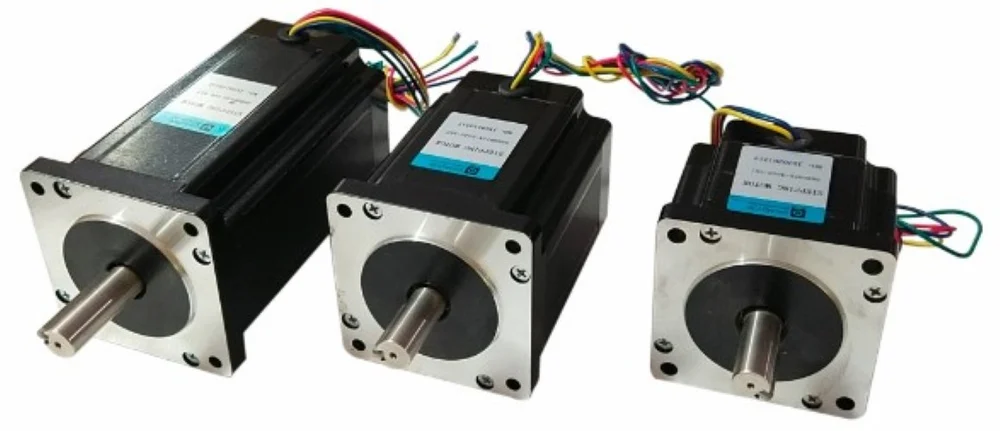
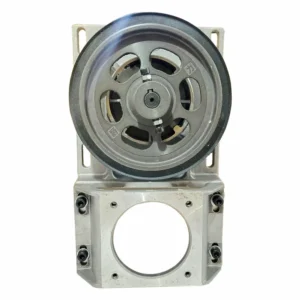
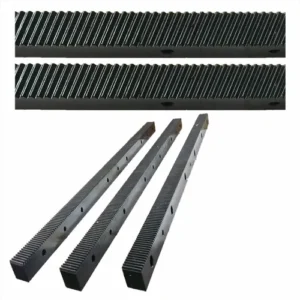
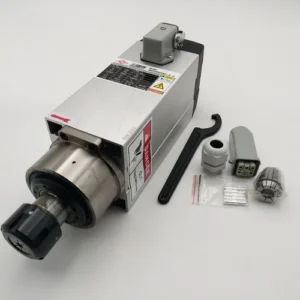
Reviews
There are no reviews yet.